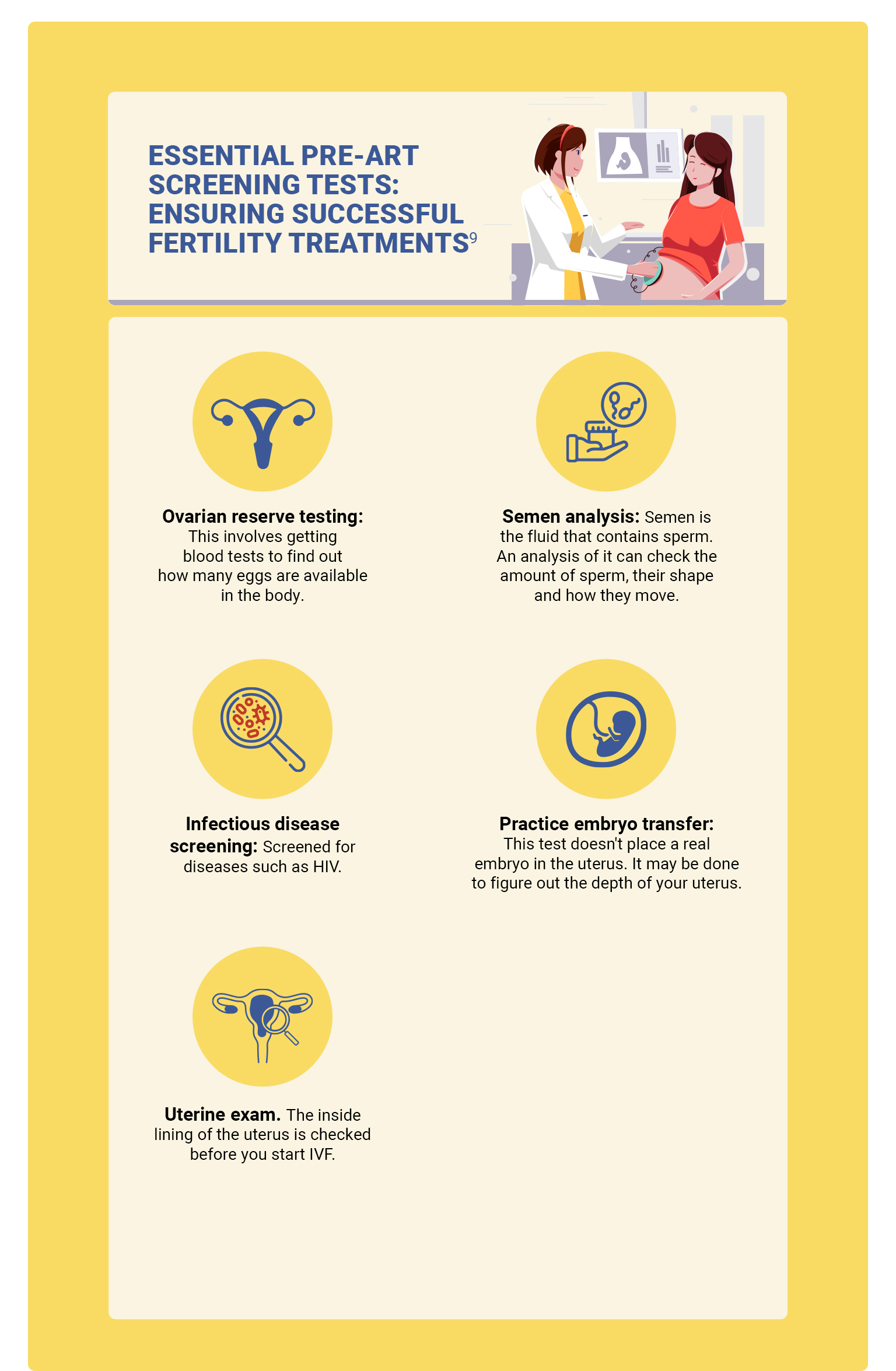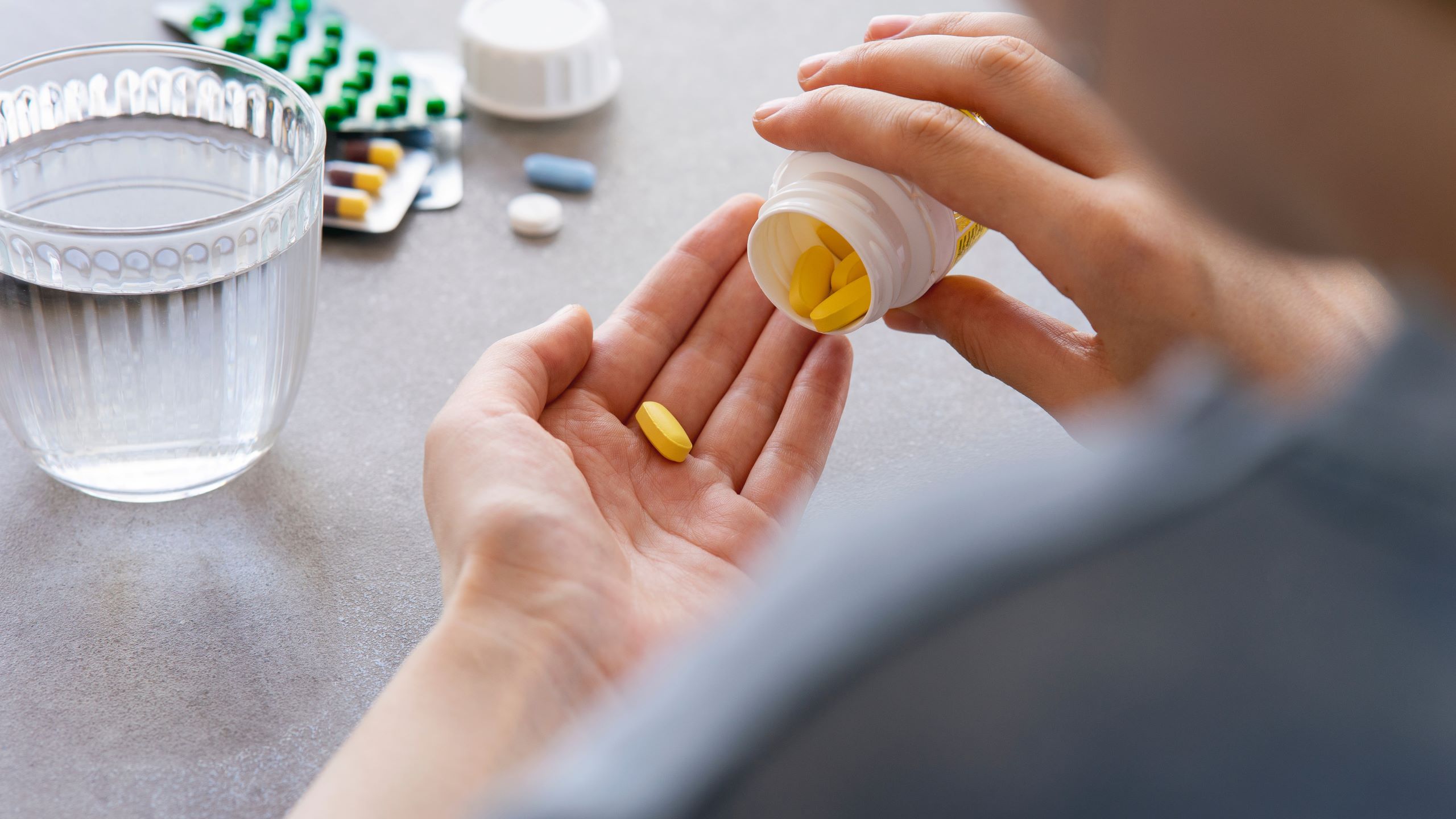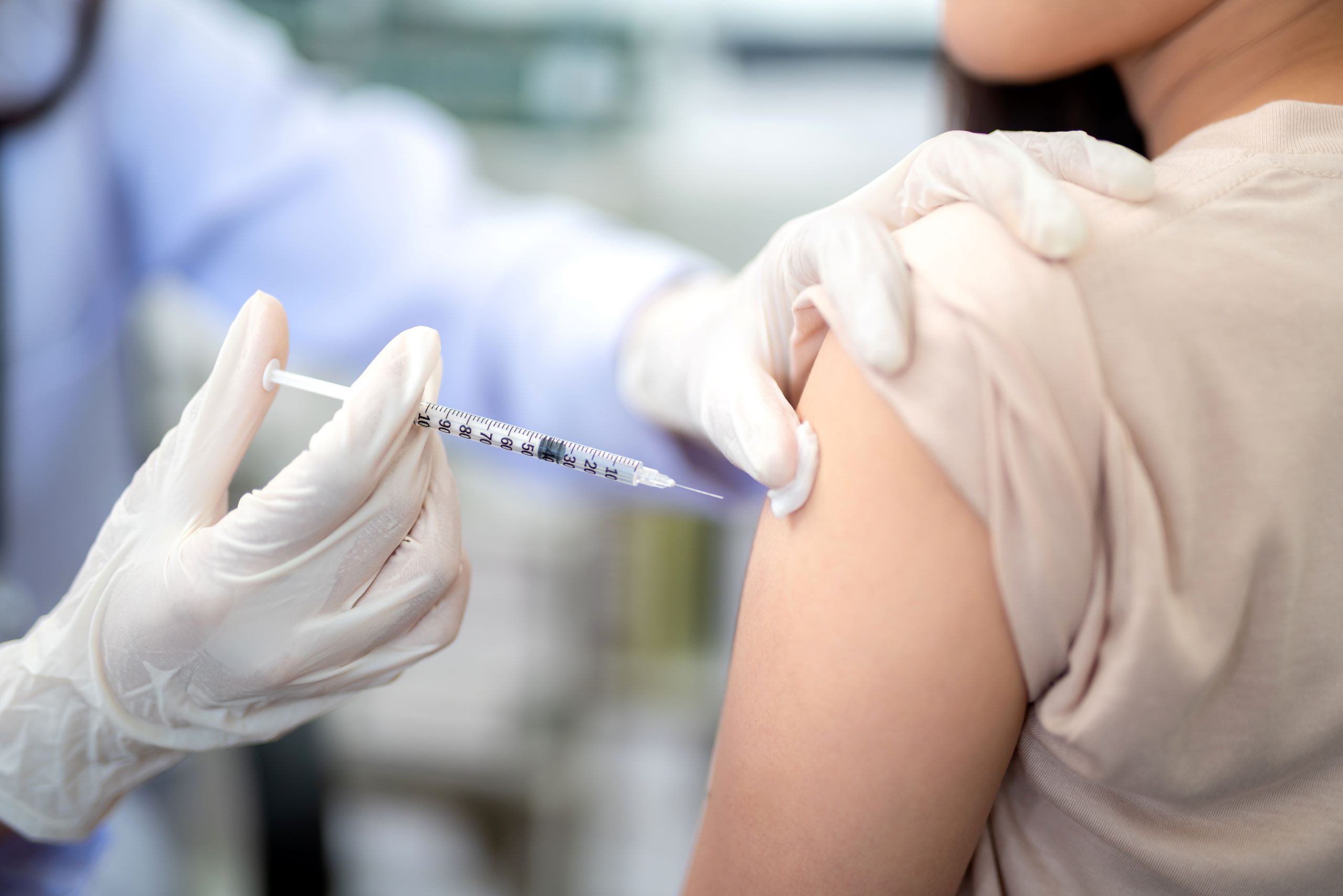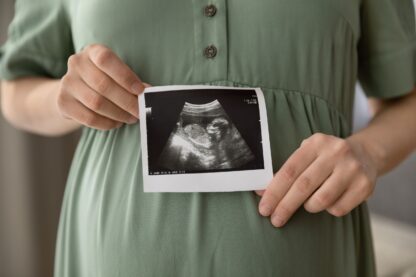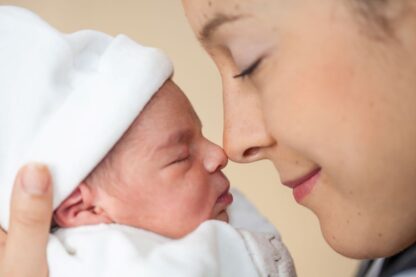Exploring Assisted Reproductive Technology
5 min read
Exploring the Evolution and Impact of Assisted Reproductive Technology (ART)
Assisted Reproductive Technology (ART) includes in-vitro fertilization-embryo transfer (IVF-ET), gamete intrafallopian transfer (GIFT), zygote intrafallopian transfer (ZIFT) and frozen embryo transfer (FET). These techniques also apply to oocyte donation and gestational carriers. Approximately 99 percent of ART cycles performed are IVF-ET. IVF-ET has helped many couples conceive successfully. ART may be recommended when other treatments (such as intrauterine insemination) have not been successful or when there is severe male factor infertility, severe endometriosis or tubal obstruction.1
ART procedures sometimes use donor eggs, donor sperm, or previously frozen embryos. It may also involve a surrogate or gestational carrier. A surrogate is a person who becomes pregnant with sperm from one partner of the couple. A gestational carrier becomes pregnant with an egg from one partner and sperm from the other partner.2
The most common type of ART is in-vitro fertilization (IVF). During IVF, eggs and sperm are mixed in a laboratory dish to fertilize. Some of the fertilized eggs (zygotes) are then transferred to the uterus.3
Other types of assisted reproductive technologies include:3
- Intracytoplasmic sperm injection (ICSI) - This is the injection of a single sperm into an egg. It can be used during IVF to help fertilize an egg. The fertilized egg is then placed in the uterus or fallopian tube.
- Gamete intrafallopian transfer (GIFT) - It involves collecting eggs from the ovaries, then placing them into a thin flexible tube with the sperm. This is then injected into the fallopian tubes where fertilization takes place.
- Zygote intrafallopian transfer (ZIFT) - Eggs and sperm are mixed outside of the body using IVF methods. The fertilized eggs (zygotes) are then returned to the fallopian tubes through which they travel to the uterus.
Ovarian hyperstimulation syndrome (OHSS)4
Ovaries swell and leak fluid into your abdomen. OHSS is a complication that typically occurs in people who receive fertility treatments that stimulate their ovaries to produce a large number of eggs. A female usually releases one egg every cycle of the menstrual cycle. Hormonal medicines can assist people who are having difficulty getting pregnant generate more eggs, particularly if they are considering in-vitro fertilisation (IVF) and egg retrieval procedures. OHSS can occur when your ovaries overreact or overrespond to these medications. This is more typical with ovulation-stimulating injectable drugs.
Maternal risks associated with ART5
Women who become pregnant as a result of ART are at a small but increased risk for developing serious medical conditions compared to traditional pregnancy.
Hypertensive disorders of pregnancy and pre-eclampsia
Women who undergo ART have consistently been shown to have a small but increased risk of pregnancy-related hypertensive disorders, including pre-eclampsia, despite adjustment for maternal age, inter-pregnancy interval and presence of a new partner. This risk is further increased in the case of multifetal gestations (being pregnant with more than one child).
Placental abnormalities
ART is also associated with a higher risk of placenta previa, a condition in which the placenta covers the maternal cervix, as well as placental abruption, a complication in which the placenta prematurely separates off the uterine wall. The use of frozen-embryo transfer is associated with a decreased risk of these placental complications compared to pregnancies resulting from a fresh-embryo transfer, suggesting that the uterine environment at the time of embryo implantation is important to the development of these complications.
Gestational diabetes
Use of ART increases the risk of gestational diabetes mellitus (GDM) by up to 30 percent compared to naturally conceived pregnancies even after adjusting for confounding factors such as age, body mass index and family history. However, the prognosis for ART-induced pregnancies, including the complications that can result from gestational diabetes such as birth trauma, is favorable and comparable to natural pregnancies complicated by GDM. In other words, women who use ART and develop GDM are no more likely to develop GDM-related complications than women who got pregnant and developed GDM without fertility treatments.
Cesarean section
ART-conceived pregnancies have a higher caesarean section rate, according to non-randomized research. This observation, however, is probably the result of the presence of additional obstetrical difficulties, such as multiple gestations, placental abnormalities, and congenital foetal malformations, which are more likely to arise in pregnancies treated with anti-retroviral therapy.
Severe maternal morbidity
Severe maternal problems were almost twice as likely in pregnancies produced with assisted reproductive technology (ART) as in pregnancies not conceived with ART, according to a research involving over a million deliveries conducted between 2008 and 2012. Even with pregnancies conceived using assisted reproductive technology, these issues were, for the most part, uncommon and happened in less than one in 200 (0.5 percent) of pregnancies. Longer hospital stays and antepartum admissions were also associated with ART use in women.
Success rates6
Success varies with many factors. The age of the woman is the most important factor, when women are using their own eggs. Success rates decline as women age, specifically after the mid-30’s. Part of this decline is due to a lower chance of getting pregnant from ART and part is due to a higher risk of miscarriage with increasing age, especially over age 40.
Emotional considerations7
Patients have rated the stress of undergoing IVF as more stressful than or almost as stressful as any other major life event, such as the death of a family member or separation or divorce. While general assumptions may be made about stress levels during IVF, the experience for infertility patients will be personal and unique--each patient will experience the stress differently based upon his or her own personality and life experiences. Dealing with the medical staff and with the side effects or potential complications of medical treatment has its own stress: hot flashes, headaches, mood fluctuations, injections, sonograms, future health concerns, and decision making about embryos, their disposition and multiple pregnancies.
8 Essential Steps: Preparing for Your Assisted Reproductive Technology (ART) Journey8
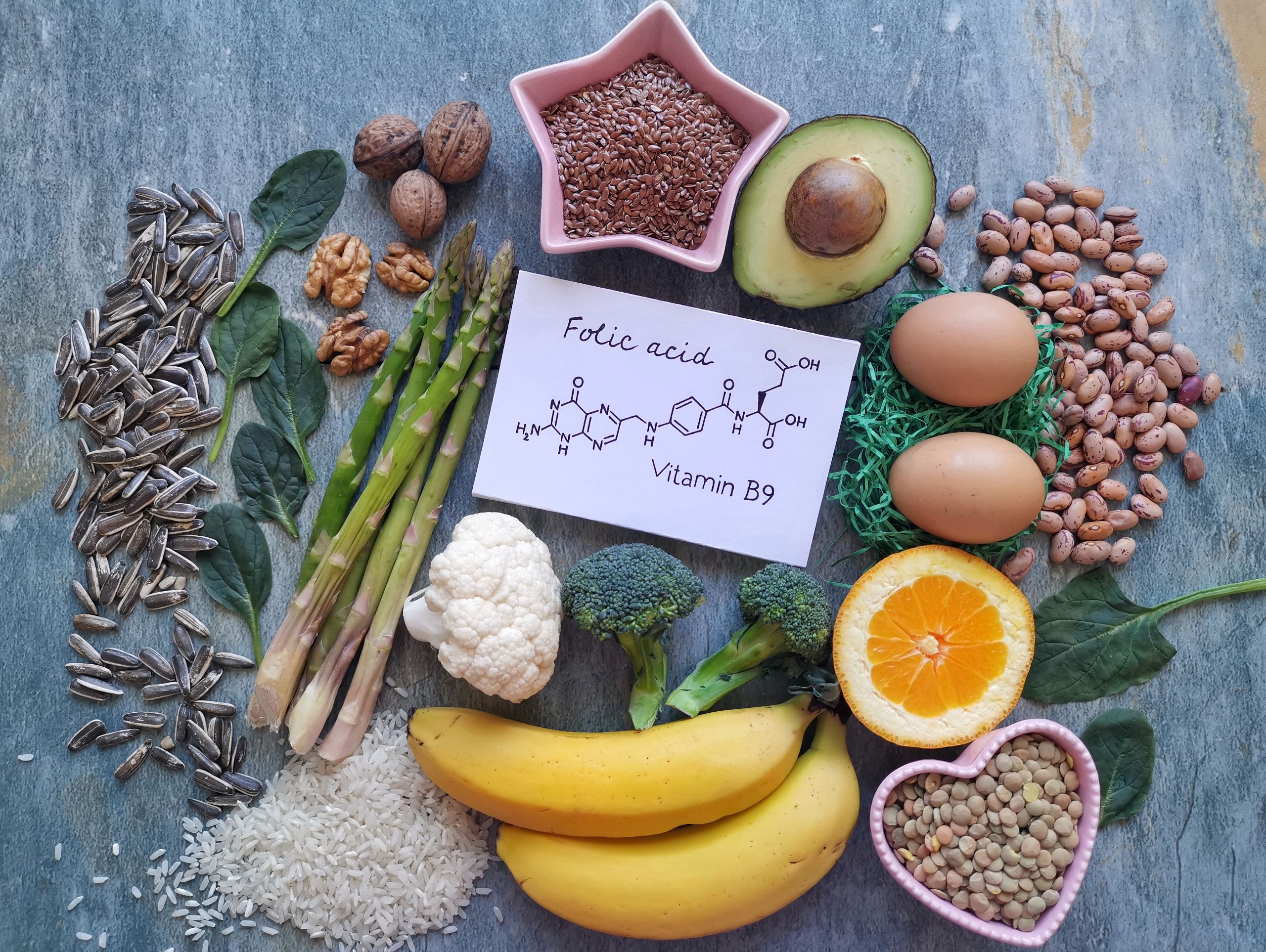
1

5

7

